Super Foods for a Nutritious Diet

(Family Features) The health community has long praised the benefits of vitamins and nutrients derived from natural sources. For those looking to improve their health or take preventative measures, these 10 natural super foods can be incorporated into your daily diet to help support your health:
- Green Tea – Armed with a special type of antioxidants called polyphenols, green tea can decrease plaque formed in the arteries and can fight prostate cancer.
- Rosemary – Studies have shown this powerful spice can reduce the risk of stroke, as well as protect against Alzheimer’s disease.
- Almonds – Full of plant sterols and amino acids, almonds can help lower high cholesterol and promote muscle growth. These handheld treats are also rich in vitamin E, which can protect skin from sun damage.
- Fatty Fish – Rich in omega-3 fatty acids, fatty fish such as salmon, flounder and sardines can lower the risk of heart disease.
- Bananas – This easy, portable snack is loaded with essential potassium, which regulates the nervous system. Bananas also offer loads of vitamin B-6, which aids immunity and metabolism.
- Whole Grains – These powerful body defenders have been known to boost immunity, protect against various cancers and reduce cholesterol.
- Eggs – These energy-packed breakfast favorites contain a special type of protein that helps build muscle strength more than other proteins. When compared to other breakfast foods, eggs can also keep you feeling fuller longer with fewer calories and fat.
- Spinach – Chock-full of magnesium, potassium and various vitamins and nutrients, spinach can prevent clogged arteries and protect against prostate and colon cancers.
- Soy – This protein-packed food contains isoflavones, which can aid in treatment and prevention of prostate cancer. Also, research from the Food and Drug Administration shows that 25 grams per day can help lessen the risk of heart disease.
- Dark Chocolate – Satisfy your sweet tooth and improve blood flow to the brain at the same time. Dark chocolate can also lower blood pressure and increase skin’s resistance to UV rays.
Find more health-conscious tips at eLivingToday.com.
Photo courtesy of Getty Images
SOURCE:eLivingToday.com
10 Tips to Recognize Ripe Fruits
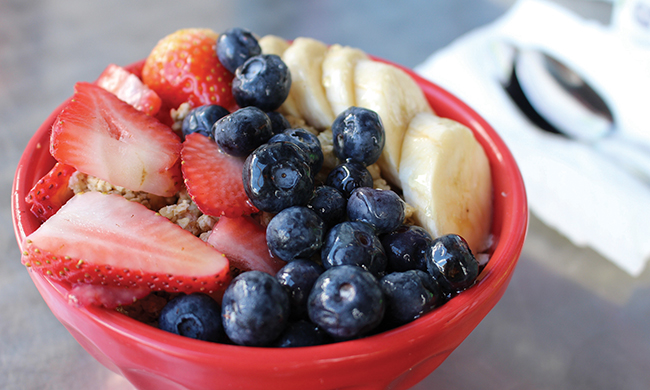
(Culinary.net) Keeping fresh fruit around the house provides a healthier alternative when your sweet tooth comes calling. Understanding how and when to buy at the peak of ripeness (or just before, in some cases) can help you avoid food waste while keeping your doctor happy.
Consider these simple tips for recognizing ripe fruits:
- Strawberries: Check the area at the top of the berry near the stem and leaves. A ripe strawberry is fully red; green or white near the top means the fruit is underripe.
- Watermelon: The “field spot,” or the area where the melon sat on the ground, should be yellow, and a tap on the rind should produce a hollow sound.
- Cherries: Flesh should appear dark with a crimson color and feel firm.
- Blueberries: Similar to cherries, color should deepen to dark blue. A reddish or pink color may be visible in unripe berries.
- Blackberries: Look for a smooth texture without any red appearance. Because blackberries don’t ripen after being picked, they tend to spoil quickly.
- Cantaloupe: You should detect a sweet smell, and the melon should feel heavy upon lifting.
- Peaches: A sweet, fragrant odor should be apparent. Skin should feel tender but not soft.
- Pineapple: Smell is again an important factor for pineapple – a sweet scent shows it’s ready, but a vinegary one likely means it’s overripe.
- Raspberries: Generally follow the same rules as blackberries. Best eaten within a couple days of purchase, a bright red color represents ripe berries.
- Bananas: A ripe banana features a peel lightly spotted without significant bruising. Your best bet may be to purchase bananas still slightly green and allow them to ripen at home.
Find more food tips, tricks, recipes and videos at Culinary.net.
Photo courtesy of Getty Images
SOURCE:Culinary.net =
A Splendid Smoothie
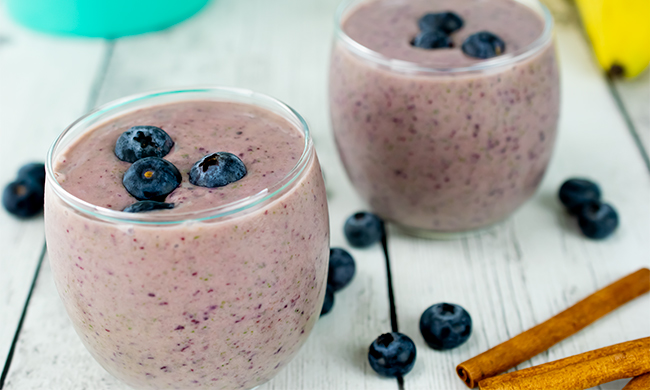
(Culinary.net) If you ever find yourself craving something healthy and easy to make, you’re not alone. Maybe you are constantly on the go, chasing after little ones or just started a new job. Whether you’re on the move or relaxing at home, smoothies are a simple way to add nutritious ingredients to your diet.
From strawberries and mangos to blueberries and more, there are almost limitless smoothie options. You can use different combinations of greens and textures or even add something savory like peanut or almond butter.
This Blueberry Banana Smoothie is simple with just a couple basic directions and gives you the energy you need to finish out your day strong.
It has 1 cup of spinach, which is full of iron and vitamins, frozen bananas and blueberries to fill up your fruit intake for the day and berry yogurt to add a hint of dairy and some sweetness to your drink.
Garnish your finished product with fresh blueberries for some extra flair. With chia seeds for added texture, this smoothie is perfect for breakfast or even an afternoon snack.
Find more healthy recipes at Culinary.net.
If you made this recipe at home, use #MyCulinaryConnection on your favorite social network to share your work.
Watch video to see how to make this recipe!
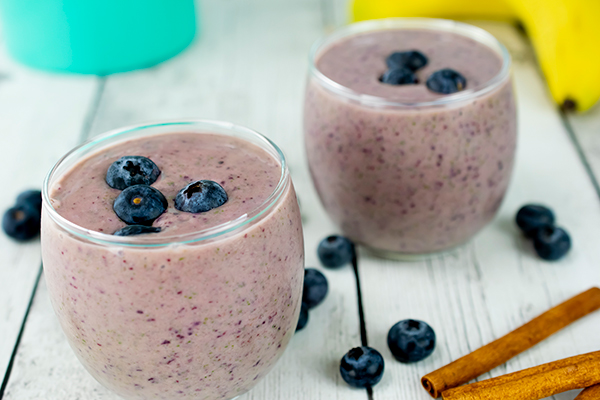
Blueberry Banana Smoothie
Servings: 2
- 1 cup spinach
- 1/2 cup water
- 2 tablespoons apple cider vinegar blend
- 1 tablespoon almond butter
- 1/2 cup bananas, frozen
- 1/2 cup blueberries, frozen
- 1 tablespoon chia seeds
- 1/4 teaspoon ground cinnamon
- 1/4 teaspoon minced ginger
- 1/2 cup berry yogurt
- fresh blueberries, for garnish (optional)
- In blender, blend spinach, water, apple cider vinegar, almond butter, frozen bananas, frozen blueberries, chia seeds, cinnamon, ginger and yogurt until smooth.
- Pour into two glasses and garnish with fresh blueberries, if desired.
SOURCE:
Culinary.net
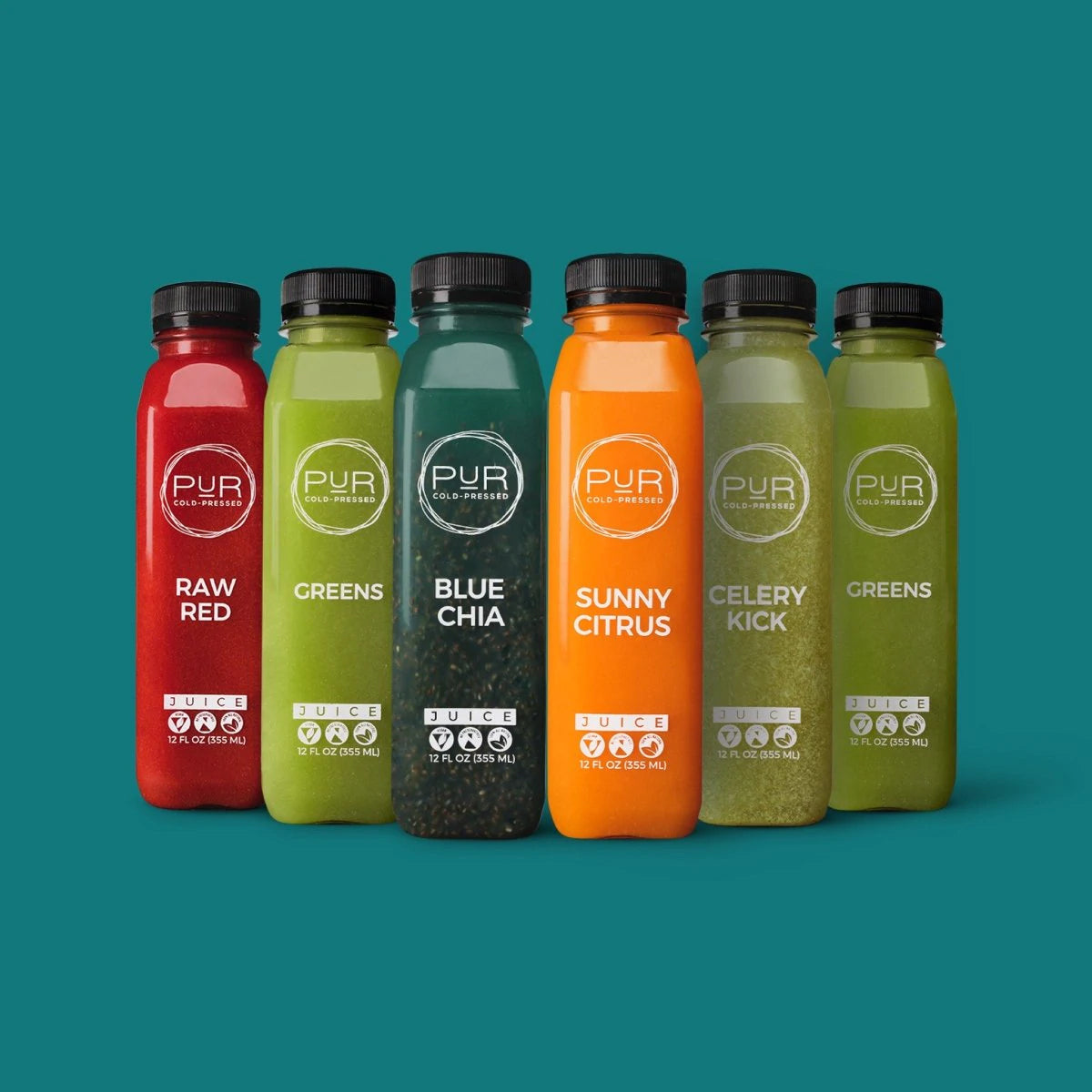
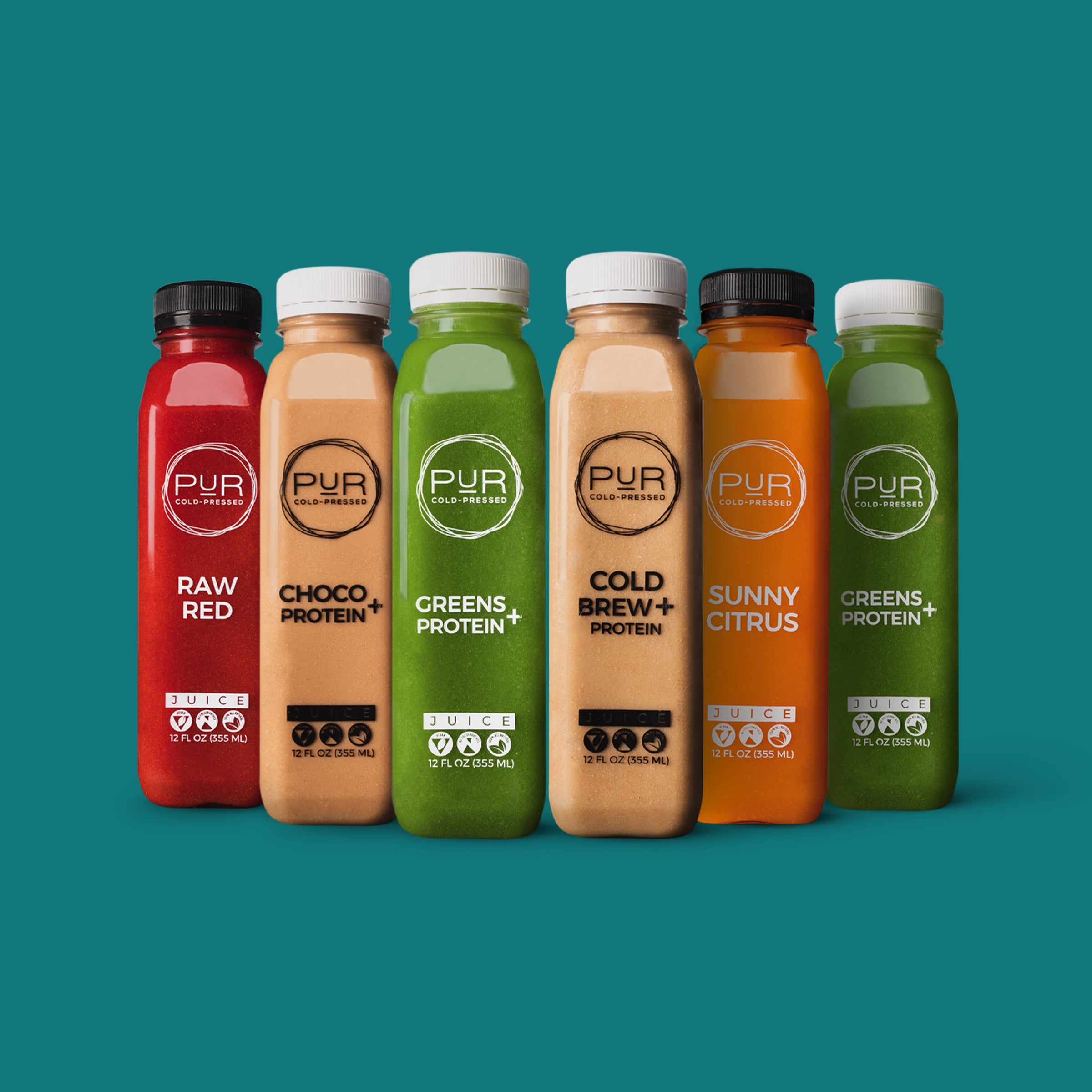
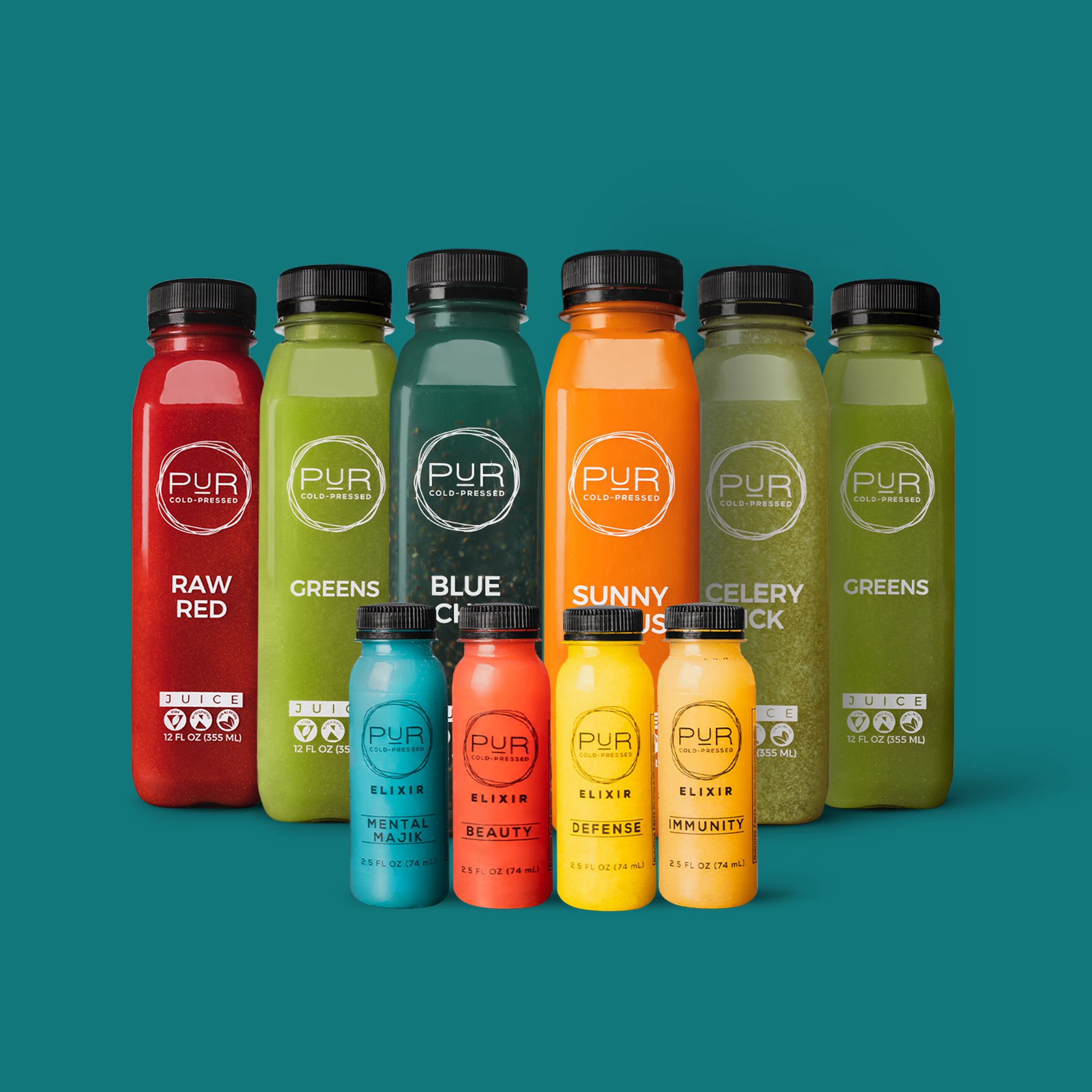
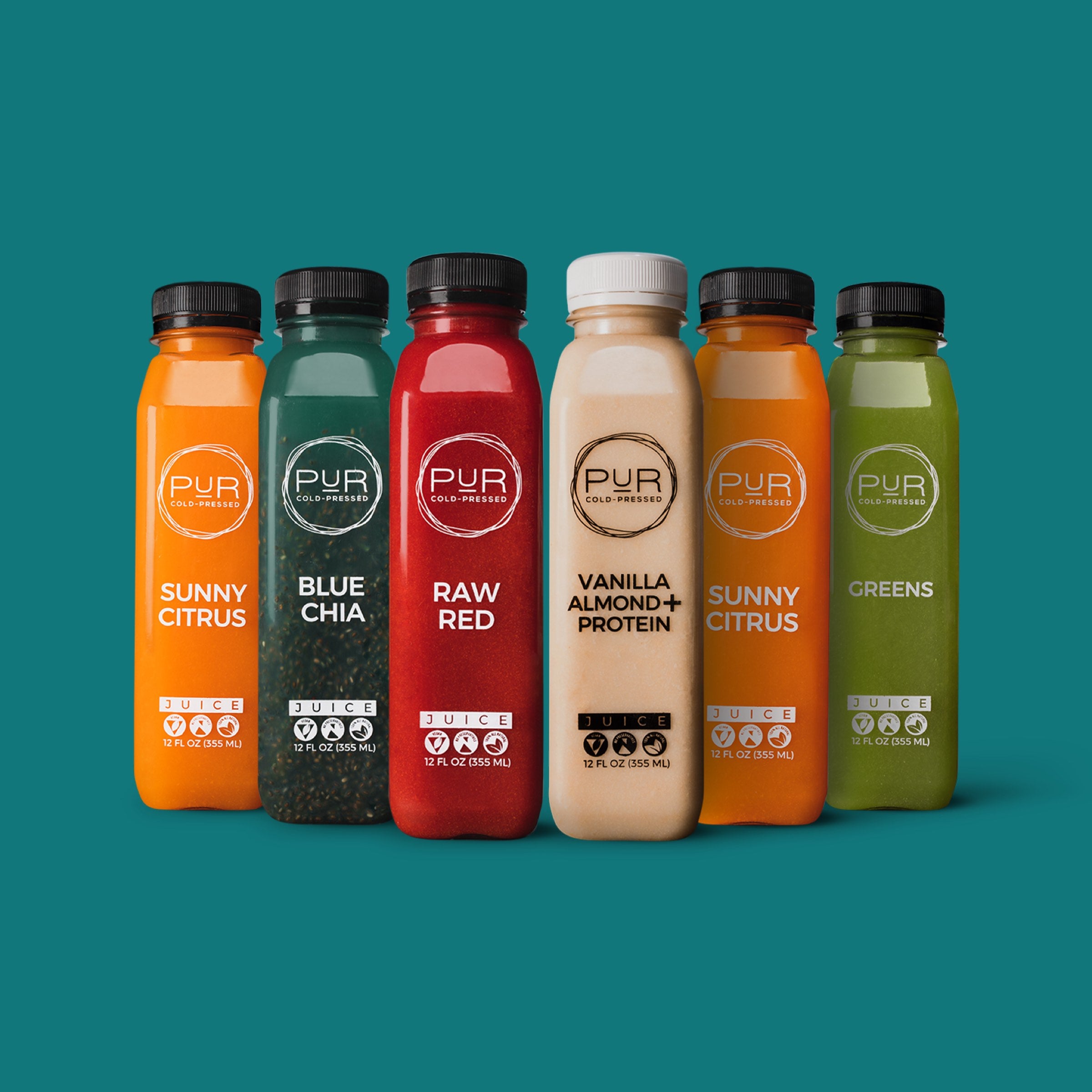
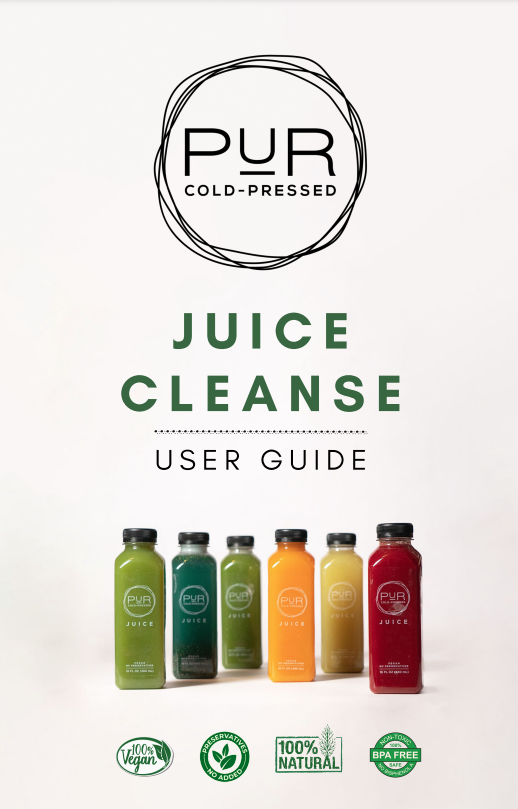

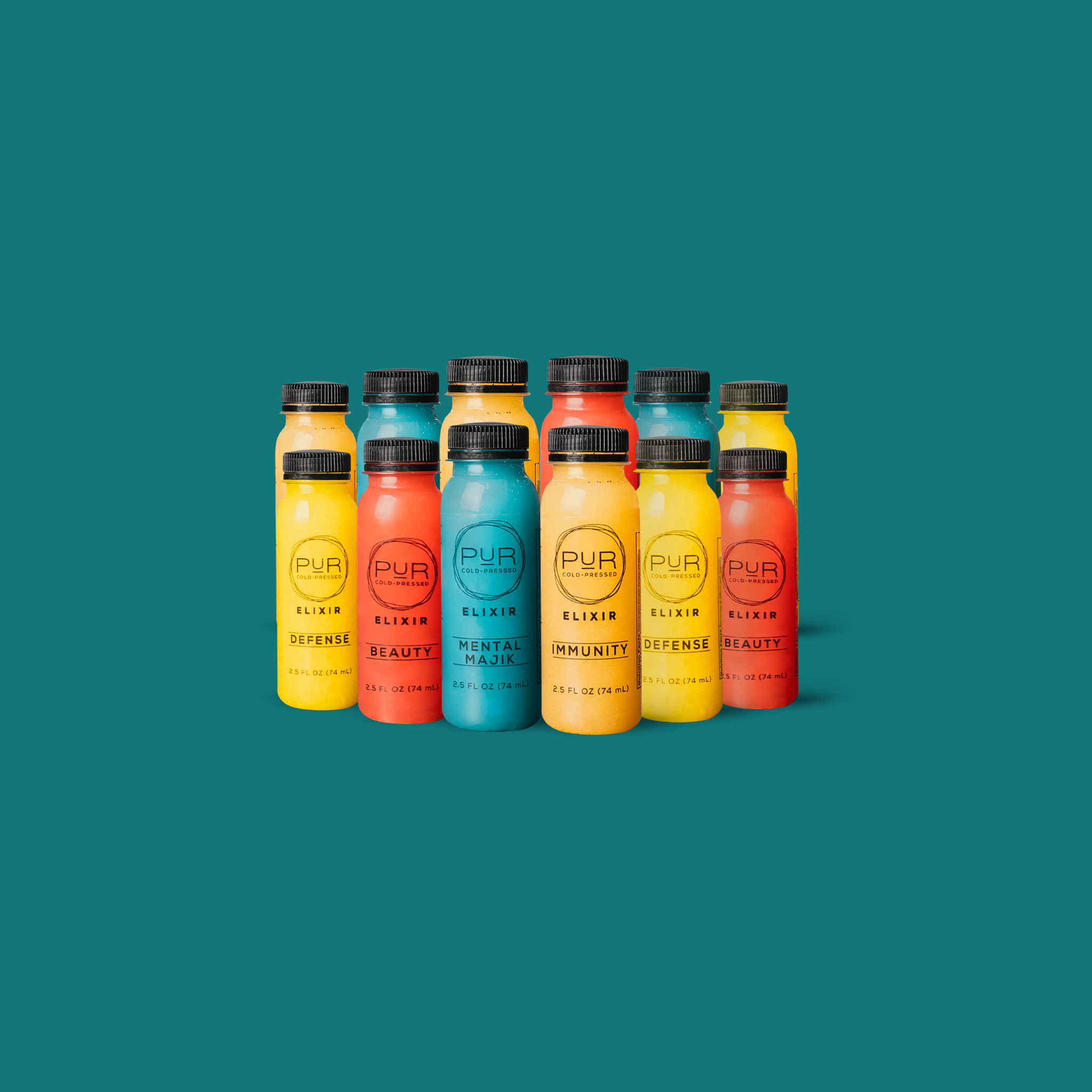
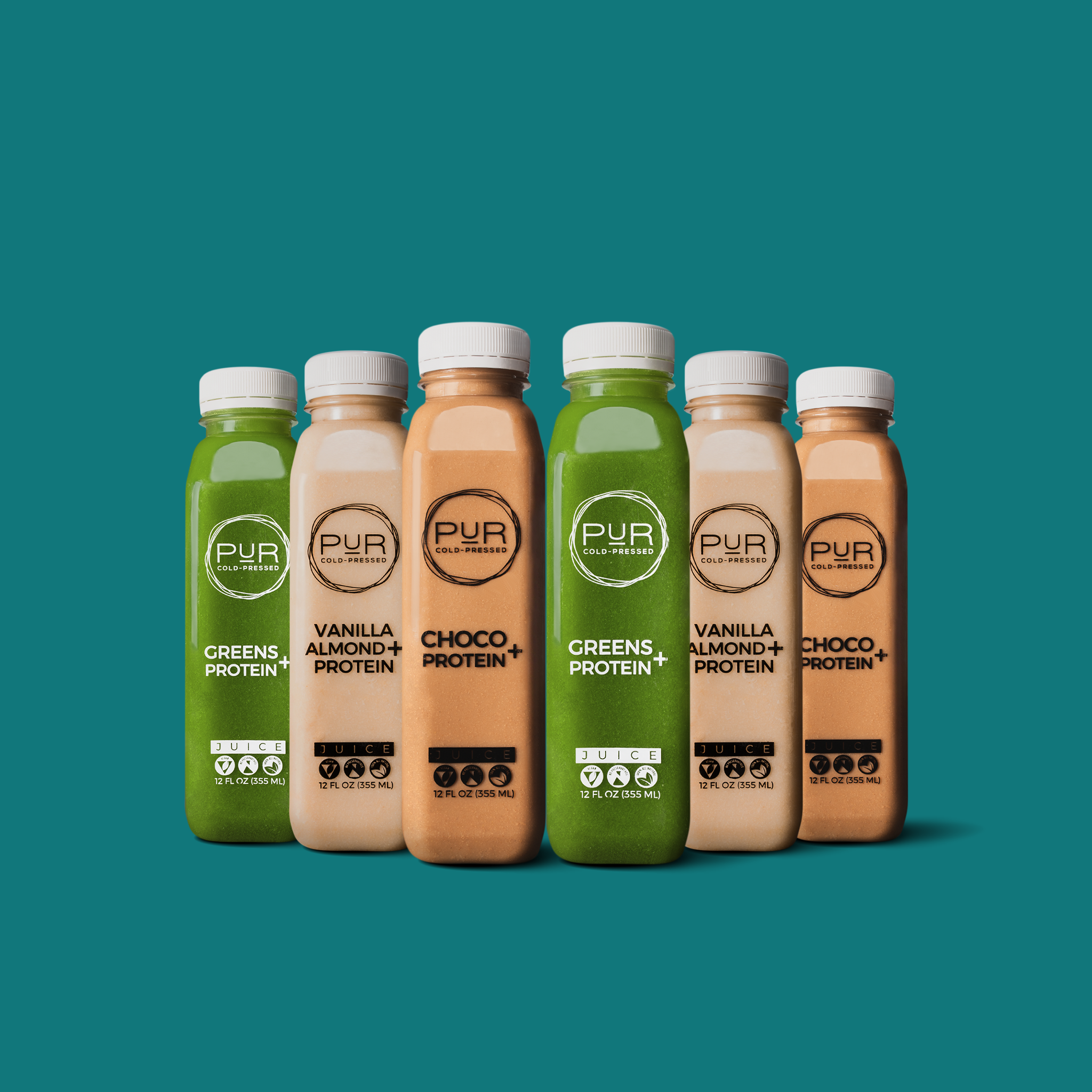
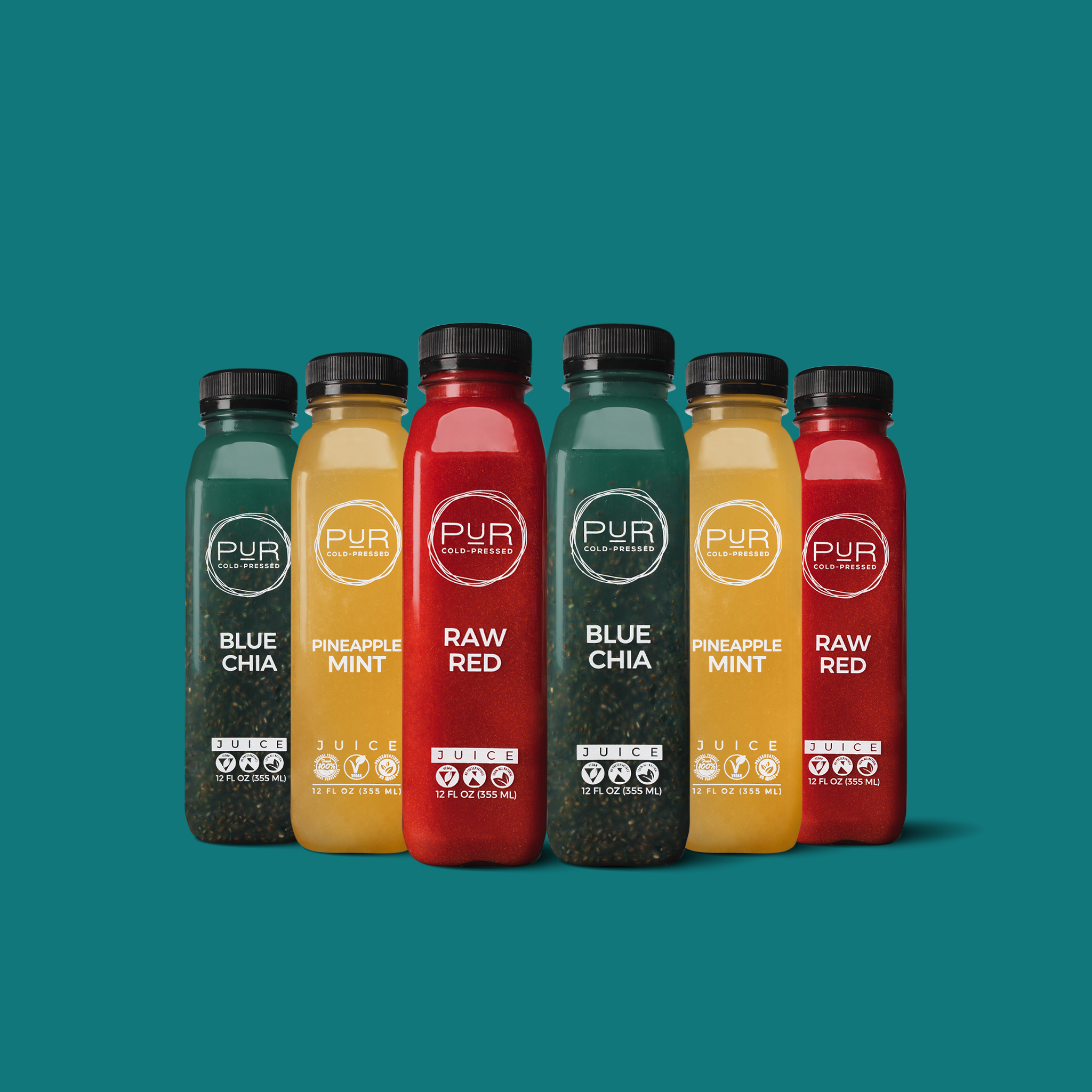
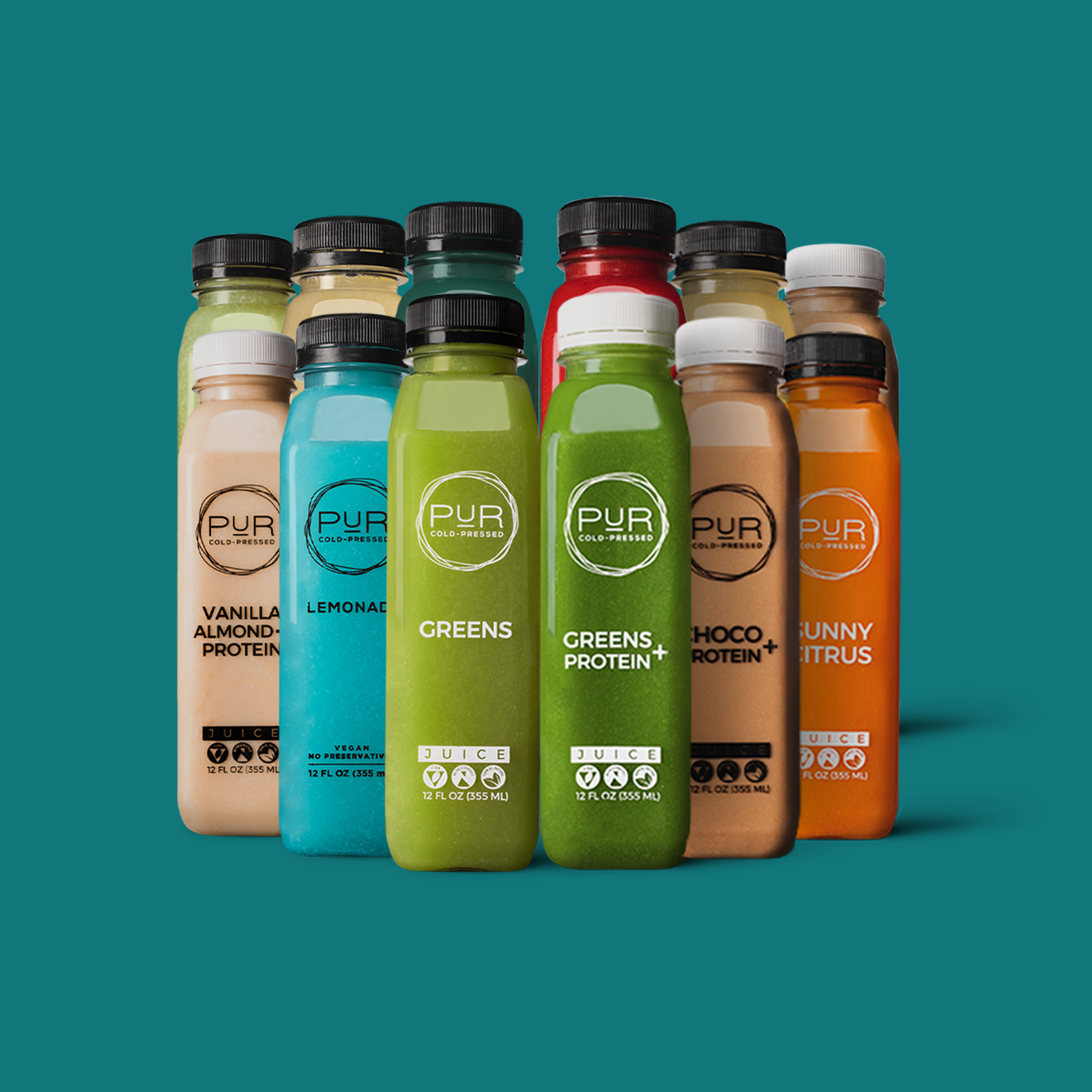

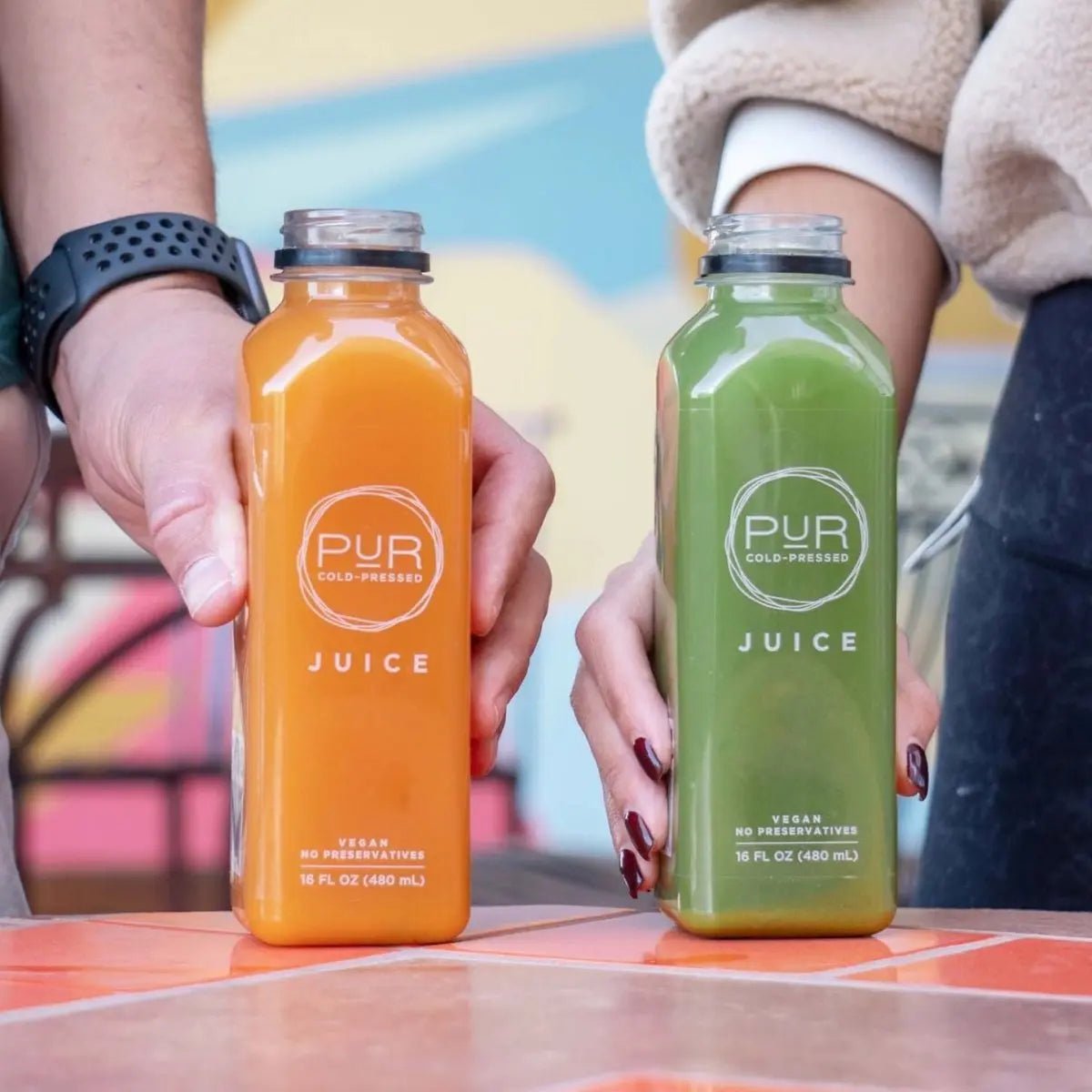

Leave a comment
All comments are moderated before being published.
This site is protected by hCaptcha and the hCaptcha Privacy Policy and Terms of Service apply.